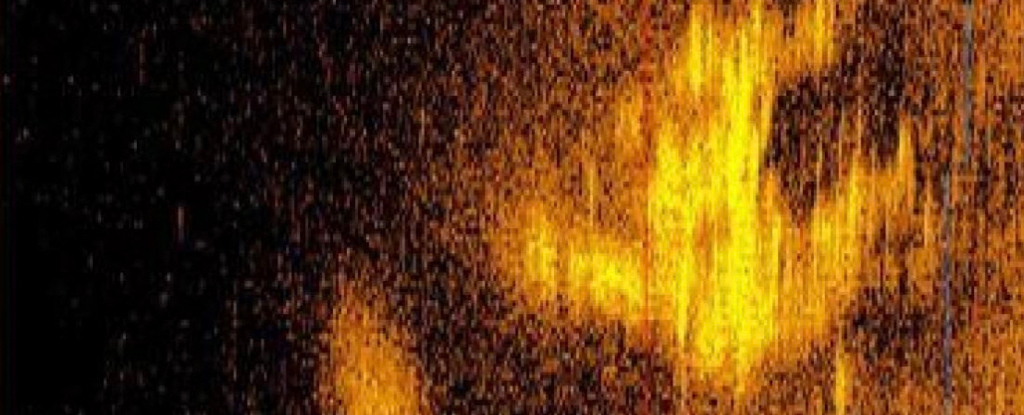ARTICLE AD
Tests by the Event Horizon Telescope Collaboration have yielded the highest-resolution observations ever obtained from Earth, laying an exciting foundation for future observations of black holes.
The Event Horizon Telescope (EHT) famously provided humankind with the first image of a black hole in April 2019. The collaboration followed up that observation with an image of the black hole at the center of our own galaxy, called Sagittarius A*, in May 2022.
The telescope itself is a network of radio telescope observatories across Earth’s surface that are synchronized and focused at a specific light source (black holes) to take sharp images of the regions of space time occupied by the behemoths. Importantly, an image of a black hole is really an image of the superheated matter surrounding the black hole itself, as no light can escape the black hole. An image of a black hole is really an image of the black hole’s shadow.
In the collaboration’s recent study—published today in The Astronomical Journal—the team describes the method by which they improved the telescope’s resolution. Typically, astronomers will get higher resolution images by using a bigger telescope, but the EHT already spans the Earth. Instead, the collaboration observed shorter wavelengths of light, yielding sharper images.
 Computer-simulated images showing black hole emissions at longer wavelengths (left) vs. shorter wavelengths (right.) Image: Christian M. Fromm, Julius-Maximilian University, Würzburg
Computer-simulated images showing black hole emissions at longer wavelengths (left) vs. shorter wavelengths (right.) Image: Christian M. Fromm, Julius-Maximilian University, Würzburg “With the EHT, we saw the first images of black holes using the 1.3-mm wavelength observations, but the bright ring we saw, formed by light bending in the black hole’s gravity, still looked blurry because we were at the absolute limits of how sharp we could make the images,” said Alexander Raymond, a researcher at NASA’s Jet Propulsion Laboratory and co-lead author of the study, in a European Southern Observatory release.
“At 0.87 mm, our images will be sharper and more detailed, which in turn will likely reveal new properties, both those that were previously predicted and maybe some that weren’t,” he added.
In testing the utility of shorter wavelengths to take sharper images, the collaboration used a subset of arrays—ALMA and the Atacama Pathfinder EXperiment, or APEX, in Chile. Focusing the subarrays on distant galaxies, the collaboration achieved observations at 19 microarcseconds, corresponding to the highest-resolution images ever taken from Earth’s surface.
Although the team achieved observations at such sharp resolution, they did not produce images because the antennas used in the study were incapable of reconstructing an image from the collected data.
When the collaboration refocuses its attention on black holes, the improvement of resolution could be significant. According to the ESO release, at certain wavelengths, the team was able to obtain black hole images that are 50% sharper than previously published ones.
Besides the black holes that have already been imaged, the boost in resolution could mean the collaboration will have an easier time imaging more distant, smaller, or fainter black holes than the supermassive ones imaged in 2019 and 2022.

 2 months ago
25
2 months ago
25 

